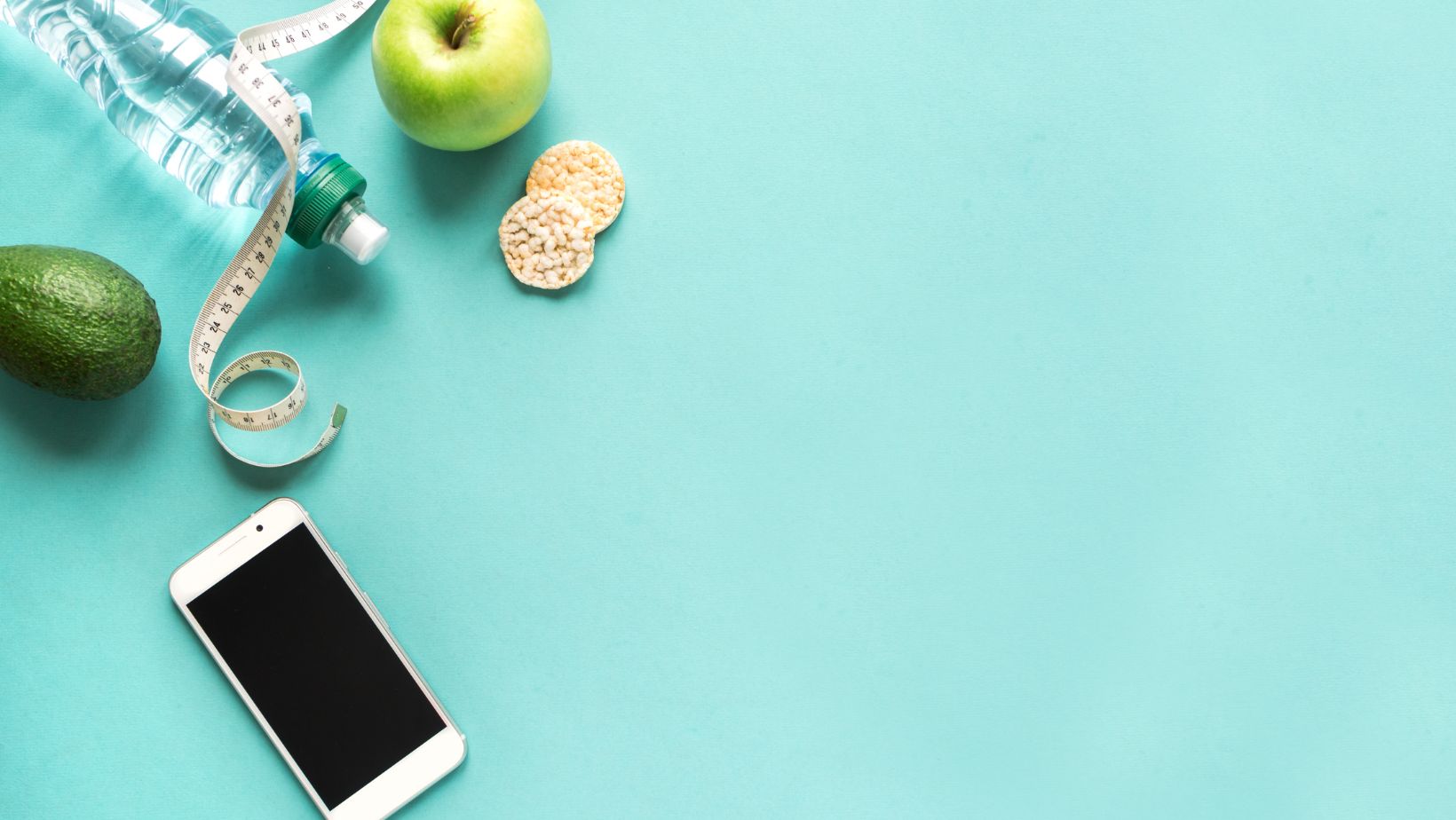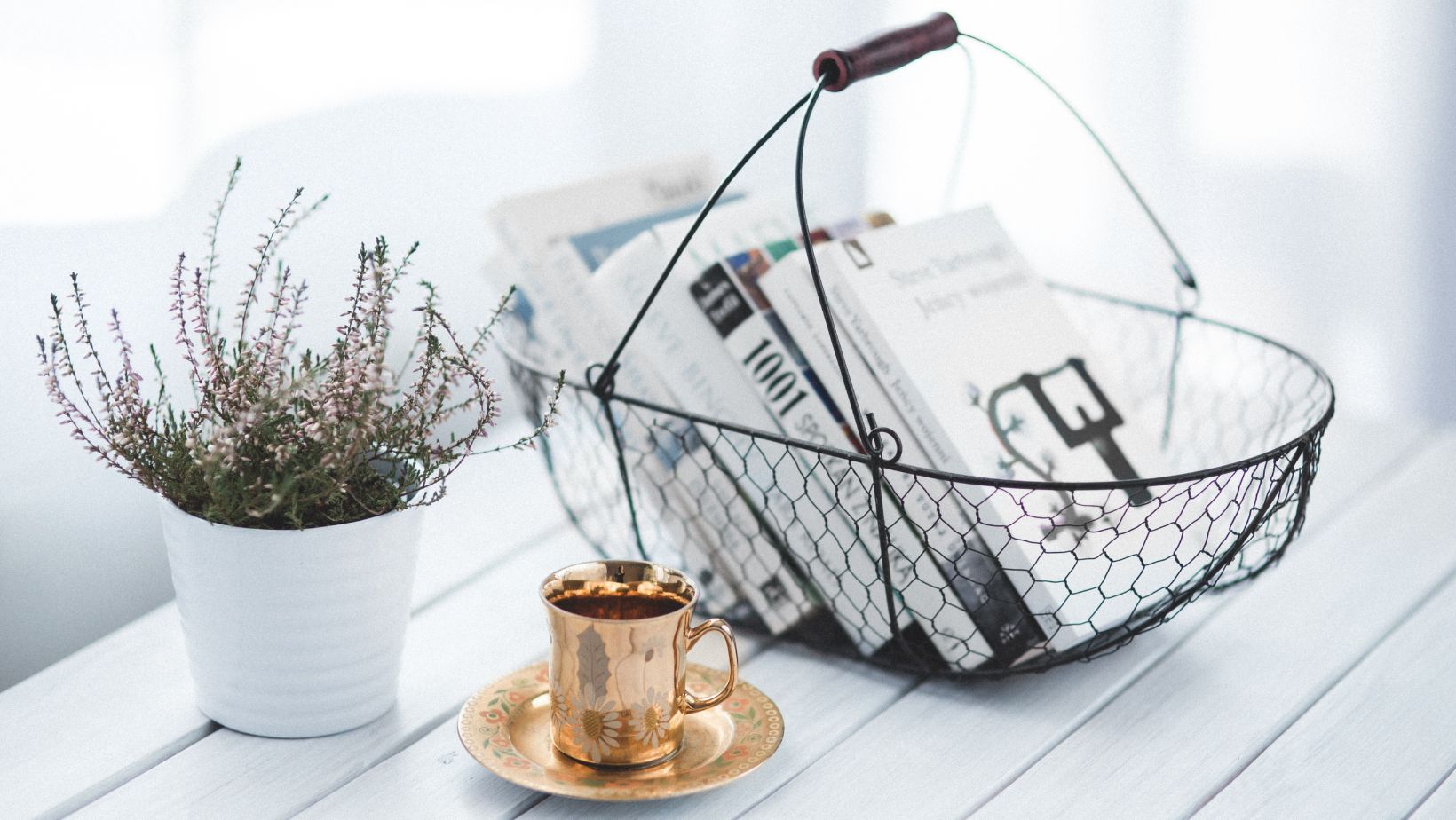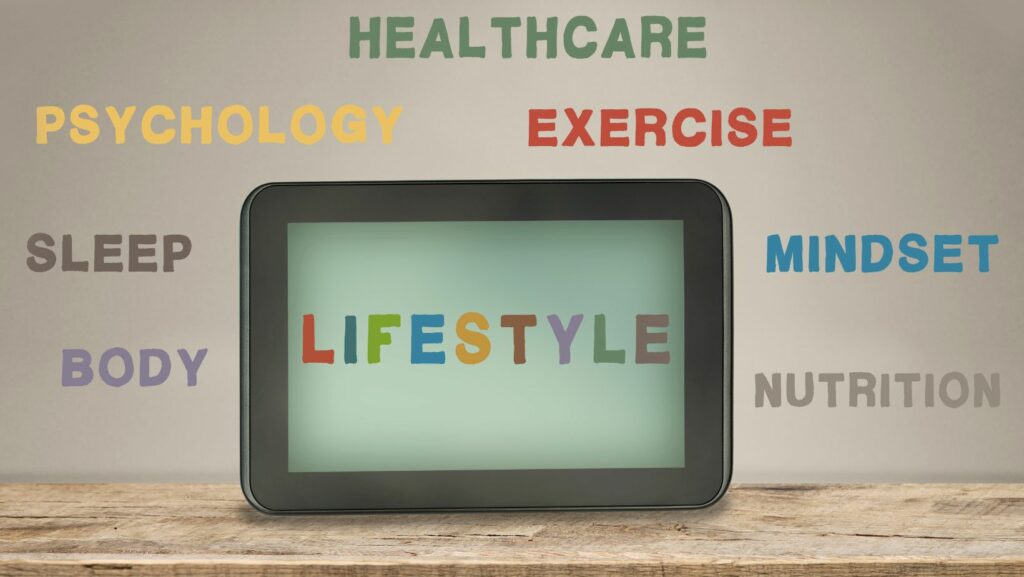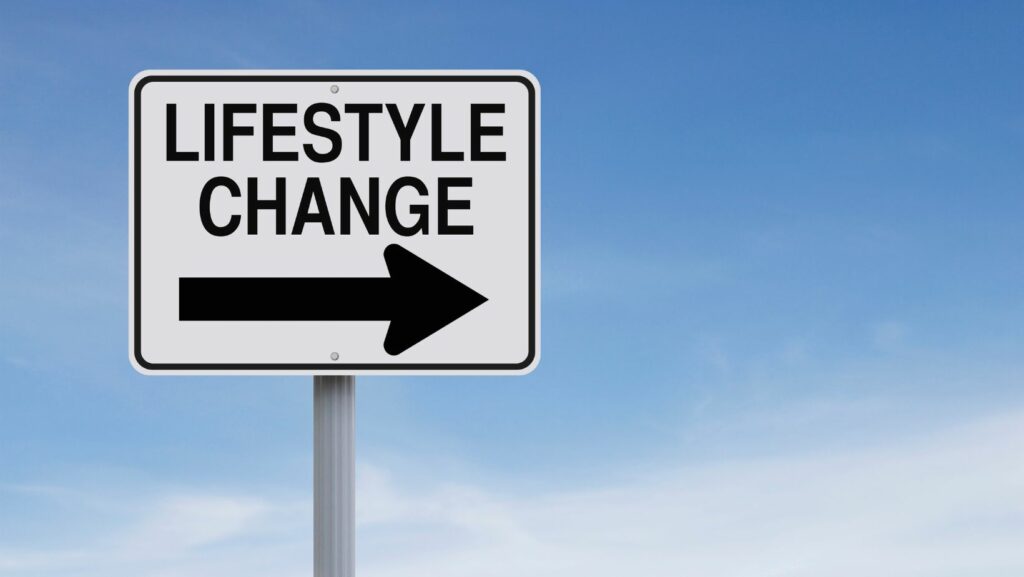Embracing Minimalism Lifestyle doesn’t mean you have to give up everything you love. It’s about making conscious decisions about what to keep in your life, and what to let go. The result? A lifestyle that’s less about stuff, and more about living.
Minimalism Lifestyle
As we delve deeper into the concept of minimalism, it’s crucial to note that this lifestyle isn’t defined by lack. Instead, it’s characterised by an abundance of the non-physical: more freedom, more time, more peace. Minimalism Lifestyle is about making room for what is genuinely important in life—building strong relationships, meaningful activities, and personal growth.
Less physical clutter means less distraction, less stress, fewer belongings to tend and maintain. Minimalism, in essence, is a tool to rid life of unnecessary items and distractions, leading to a simpler and more focused life.
When a person adopts a minimalist lifestyle, they’re not just paring down physical possessions. They’re scrutinising their routines, obligations, and relationships.

Each minimalist’s approach is tailored. As such, it’s about finding what works best for you. Here are few notable ways to incorporate minimalism into your lifestyle:
- Declutter Spaces: Begin by decluttering your home or workspace.
- Simplify Relationships: Analyse your relationships. Are they adding value to your life?
- Choose Experience Over Possessions: Instead of accumulating material goods, invest in experiences.
- Live Intentionally: It’s not just about doing less; it’s about doing what’s important.
Remember, minimalism isn’t architecture, a fad, or a strict set of rules. It’s an evolving lifestyle that enables individuals to live more consciously and deliberately. This approach isn’t necessarily for everyone, but even adopting a few minimalist practices can make a difference. A lifestyle shift that may change how you perceive possessions and ultimately lead to a better understanding of what truly brings happiness and satisfaction in life.
Benefits of Embracing Minimalism
When one chooses to dive into the realm of minimalism, they open themselves to a myriad of benefits. Not only does it have a profound impact on personal well-being, but it also promotes a sustainable and eco-friendly lifestyle.
The often-undervalued benefit of increased mental clarity takes the spotlight in a minimalist lifestyle. It’s through the act of decluttering physical possessions that an individual declutters their mind. Regularly sorting and removing unneeded physical items from their surroundings can enhance focus and reduce stress. It provides a sense of mental calm, allowing space for creativity to thrive.
Opting for minimalism also strengthens financial standing. Less emphasis on purchasing possessions results in more financial freedom. Funds originally allocated towards material goods can be re-directed towards experiences, investments, or emergencies. It’s not just about spending less; it’s about thoughtfully channelling finances towards spending that makes a meaningful difference.
Adopting a minimalist lifestyle also fosters improved relationships. Instead of dividing attention between people and possessions, a minimalist places their focus on relationships that offer value and genuine connections. It’s a lifestyle that encourages individuals to invest more into their relationships, leading to a deeper sense of community and interpersonal fulfilment.

Decluttering Your Home for a Minimalist Lifestyle
Embarking on the journey of Minimalism Lifestyle often begins with one crucial step: decluttering your home. The physical environment has a significant impact on an individual’s mental well-being. When surroundings are crammed with excess items, it can lead to feelings of stress and hampered productivity. As such, the process of purging unnecessary items serves as a symbolic fresh start in the minimalist journey.
When beginning the mission to declutter, categorise items into necessities, sentimental items, and unnecessary clutter. This classification scheme simplifies the task, facilitating easier decision-making. Necessities include items required for daily life or work, whereas sentimental items hold special emotional value. On the other hand, items seldom used or holding no specific emotional importance fall under unnecessary clutter.
A viable method of decluttering is the “one room at a time” approach. This focus alleviates the overwhelm that can come with cleaning an entire house at once. Instead, the process becomes more manageable and progress is distinctly noticeable. Start with small spaces such as a single drawer or closet and gradually move towards larger spaces.
Another useful strategy is the “one in, one out” rule. This rule is meant to prevent the accumulation of future clutter. For every new item brought into the house, an old one must be removed. This approach maintains the balance and helps to sustain the minimalist environment accomplished after decluttering.



